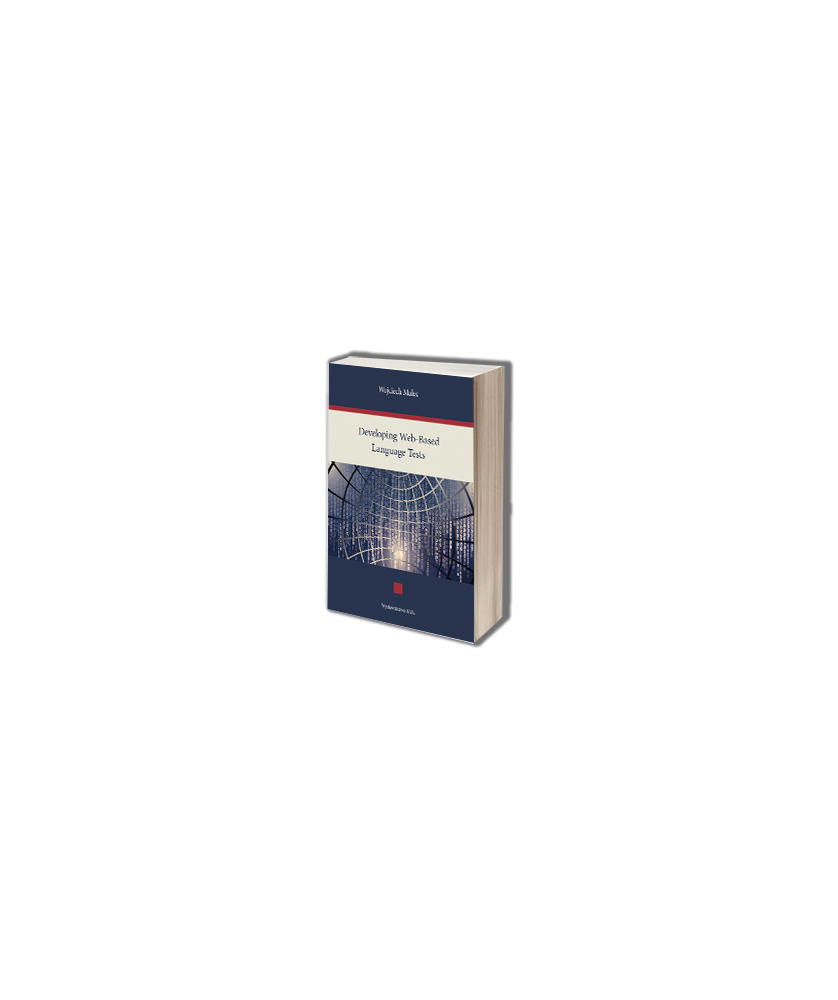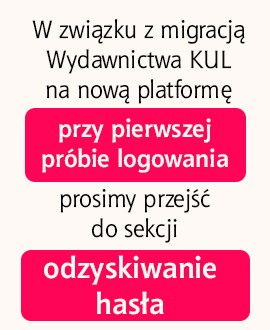
Developing Web-Based Language Tests
Wojciech Malec
ISBN: 978-83-8061-641-7
Stron: 440
Format: B5
Rok wydania: 2018
TABLE OF CONTENTS
Acknowledgements
List of abbreviations
Introduction
Language testing and technology
Basic terms and concepts
Organisation of the book
PART I Principles of Assessment
Chapter 1
Test development
1. Introduction
2. Components of test development
2.1. Design
2.1.1. Test context specifications
2.1.2. Test structure specifications
2.1.3. Task specifications
2.2. Production
2.2.1. Task development
2.2.2. Test assembly
2.2.3. Pre-operational testing
2.3. Operational use
2.3.1. Administration
2.3.2. Scoring
2.3.3. Decisions and reporting
2.4. Evaluation
2.4.1. Collecting evidence
2.4.2. Analysis
2.4.3. Item banking
3. Summary
Chapter 2
Test evaluation
1. Introduction
2. Practicality
3. Authenticity
4. Reliability
4.1. Classical test theory
4.1.1. Standard error of measurement
4.2. Generalizability theory
4.2.1. One-facet crossed designs
4.2.1.1. Relative and absolute error
4.2.1.2. Coefficients
4.2.1.3. Coefficients and test length
4.2.1.4. Phi lambda
4.2.1.5. Standard error of measurement
4.2.1.6. GT-1 calculator
4.3. Decision consistency
4.3.1. Threshold loss agreement
4.3.2. Squared-error loss agreement
4.4. Interpreting reliability estimates
5. Validity
6. Impact
7. Validation
7.1. Validating classroom-based language tests
7.2. Conclusion
8. Summary
Chapter 3
Test items
1. Introduction
2. Items and tasks
3. Test formats
3.1. Selected-response items
3.1.1. Multiple choice
3.1.2. Binary choice
3.1.3. Multiple response
3.1.4. Multiple-choice cloze
3.1.5. Matching
3.1.6. Other types
3.2. Limited-production items
3.2.1. Gap-filling
3.2.2. Cloze and C-test
3.2.3. Gapped sentences
3.2.4. Transformation
3.2.5. Sentence writing
3.2.6. Error correction
3.2.7. Other types
3.3. Extended-production tasks
4. Choosing the item format
5. Summary
Chapter 4
Item analysis
1. Introduction
2. Item facility
3. Item discrimination
3.1. Norm-referenced testing
3.2. Criterion-referenced testing
3.3. Item discrimination and test reliability
4. Distractor evaluation
4.1. Criterion-referenced testing
4.2. Distractor evaluation criteria
5. Summary
PART II Web-Based Testing
Chapter 5
Technology in language testing
1. Introduction
2. Computers and the internet in language testing
2.1. Models of administration
2.2. Web-based testing
2.3. Strengths and limitations
3. WebClass
3.1. Administration
3.2. Communication
3.3. Materials
3.4. Assessment
3.5. Teaching and testing with WebClass
4. Summary
Chapter 6
Test design and production on WebClass
1. Introduction
2. Design
3. Production
3.1. Writing items and tasks one by one
3.1.1. Test items
3.1.1.1. MC variations
3.1.1.2. Other selected-response items
3.1.1.3. Limited-production items
3.1.2. Extended-production tasks
3.2. Converting text into test items
3.2.1. Selected-response items
3.2.2. Limited-production items
3.3. Importing previous items
3.4. Automated test assembly
4. Summary
Chapter 7
Test use and evaluation on WebClass
1. Introduction
2. Test use
2.1. Administration
2.2. Scoring and verification
2.2.1. Automated scoring of test items
2.2.2. Score verification
2.2.3. Scoring extended responses
2.3. Reports and feedback
3. Evaluation
3.1. Collecting evidence
3.2. Quantitative analysis
3.3. Item banking
4. Summary
Chapter 8
Administration mode effects
1. Introduction
2. Score comparability
3. The study
3.1. Method
3.1.1. Participants
3.1.2. Materials
3.1.3. Procedures
3.2. Results and discussion
3.2.1. Measurement characteristics
3.2.2. Comparability of score-based decisions
3.2.3. Individual differences
3.2.4. Follow-up study
3.2.5. Qualitative analysis of attitudes
3.3. Limitations
4. Summary
Conclusions
References
Appendices
Appx 1. Scoring a test item (questionnaire results)
Appx 2. Big Test 1 (PBT) 
Appx 3. Big Test 1 (WBT)
Index


